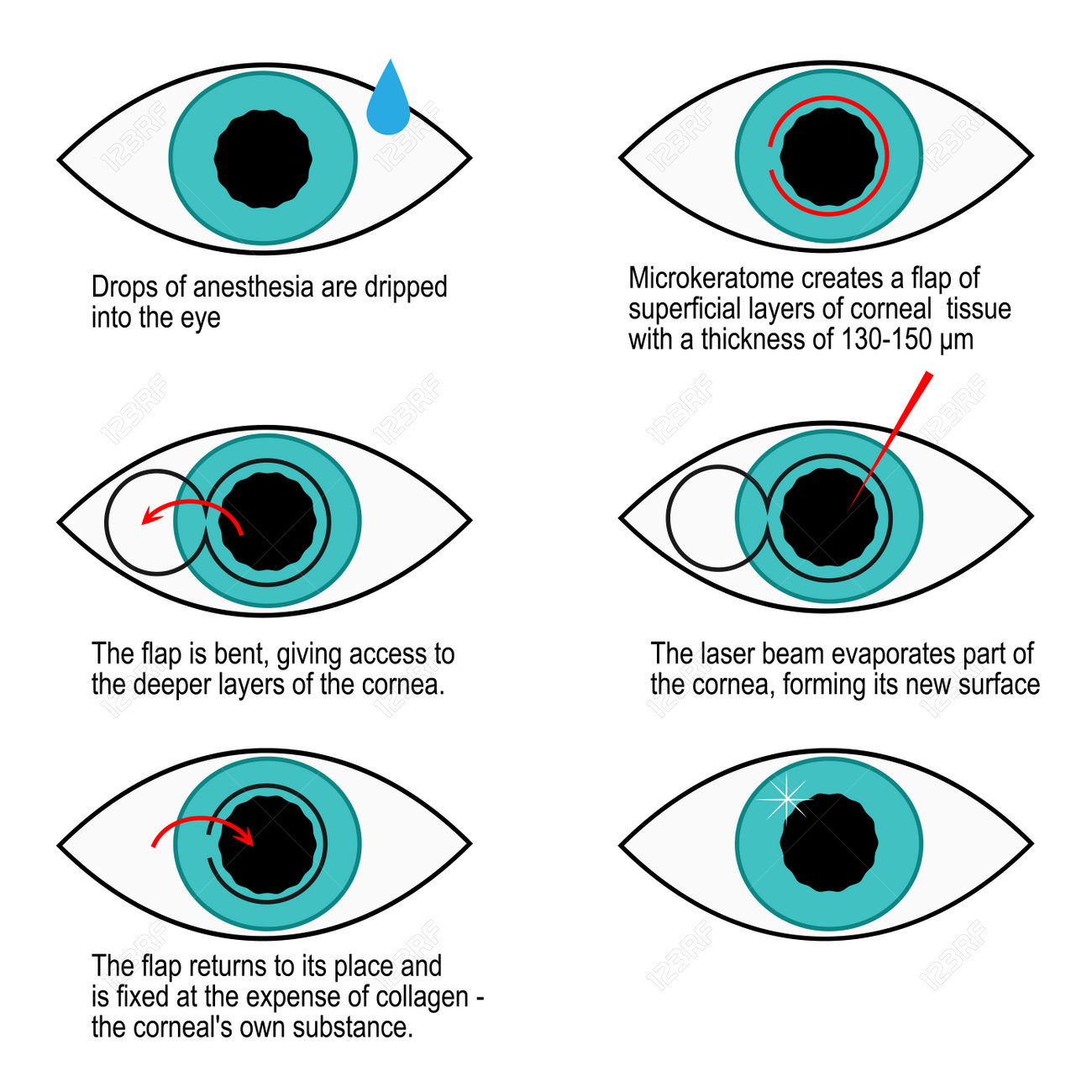Discover The Numerous Elements Contributing To Completely Dry Eye Syndrome, As We Demystify This Common Concern And Offer Effective Options
Discover The Numerous Elements Contributing To Completely Dry Eye Syndrome, As We Demystify This Common Concern And Offer Effective Options
Blog Article
Article Composed By-Barefoot Skovsgaard
If you've ever before experienced the discomfort of completely dry eyes, you may be questioning what aspects go to play. From age-related changes to environmental triggers and lifestyle routines, the reasons for completely dry eye syndrome can be complex and multifaceted. By untangling the elaborate web of influences that add to this condition, you'll acquire a deeper understanding of just how to address and possibly relieve its signs and symptoms. Remain tuned to uncover the intricate interaction between numerous components that can result in dry eye syndrome and uncover means to proactively manage this typical eye issue.
Factors Influencing Dry Eye Growth
Dry eye syndrome can be affected by numerous factors that contribute to its development. One substantial variable is age. As you grow older, your eyes may create fewer rips or rips of minimal high quality, bring about dry skin.
Specific clinical conditions like diabetes mellitus, thyroid problems, and autoimmune illness can also influence tear production and top quality, worsening completely dry eye signs and symptoms. Hormone modifications, especially in women during menopause, can add to completely dry eyes too.
Additionally, medicines such as antihistamines, decongestants, and antidepressants can reduce tear manufacturing and trigger dry skin. Ecological factors like smoke, wind, and dry air can aggravate the eyes and intensify dry eye signs.
In addition, long term display time and electronic gadget usage can result in decreased blinking, leading to insufficient tear distribution throughout the eyes. Comprehending these aspects can aid you identify possible triggers for your completely dry eye symptoms and take proactive steps to manage and ease them.
Environmental Triggers and Dry Eye
Exposure to different ecological factors can significantly affect the advancement and exacerbation of dry eye signs. Contaminants like dust, smoke, and air contamination can aggravate the eyes, causing increased tear evaporation and dryness.
Climate conditions such as reduced moisture levels, heats, and gusty weather condition can likewise contribute to moisture loss from the eyes, creating discomfort and completely dry eye signs and symptoms. Furthermore, costs prolonged periods in cool or heated atmospheres can lower air moisture, further worsening completely dry eye.
Long term use of digital displays, usual in today's technology-driven globe, can also stress the eyes and reduce blink rates, resulting in inadequate tear production and completely dry eye problems. To decrease the influence of ecological triggers on completely dry eye, think about using a humidifier, taking breaks from screen time, using protective eyewear in gusty conditions, and making use of synthetic tears or lubricating eye goes down as required.
Being mindful of these ecological elements can help handle and protect against completely dry eye symptoms properly.
Way Of Living Behaviors Impacting Eye Moisture
Just how do your daily behaviors influence the moisture degrees in your eyes? Your way of living plays a significant role in determining the health of your eyes.
For example, not consuming alcohol enough water can cause dehydration, creating your eyes to come to be completely dry and aggravated.
Additionally, costs extended periods looking at displays can decrease your blink rate, causing boosted tear evaporation and dryness.
Smoking cigarettes is one more way of life habit that can aggravate completely dry eye signs, as it can aggravate the eyes and add to tear film instability.
In addition, eating too much amounts of high levels of caffeine or alcohol can dehydrate your body, including your eyes, making them extra vulnerable to dry skin.
Lack of sleep can additionally impact eye moisture levels, as adequate rest is important for tear production and general eye health and wellness.
relevant webpage
To conclude, understanding the numerous elements that contribute to dry eye syndrome is essential to taking care of and preventing this usual eye problem. By recognizing age-related changes, medical conditions, ecological triggers, and way of life behaviors that can impact eye dampness, novices can take proactive actions to minimize dry eye signs. Remember to stay hydrated, take breaks from displays, and seek advice from a healthcare specialist for tailored suggestions on handling dry eyes.
